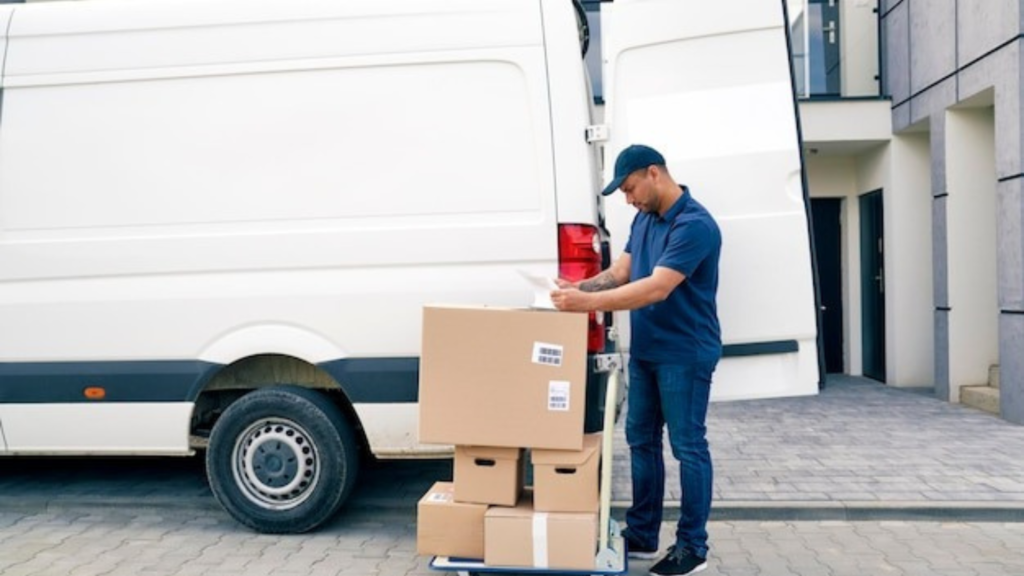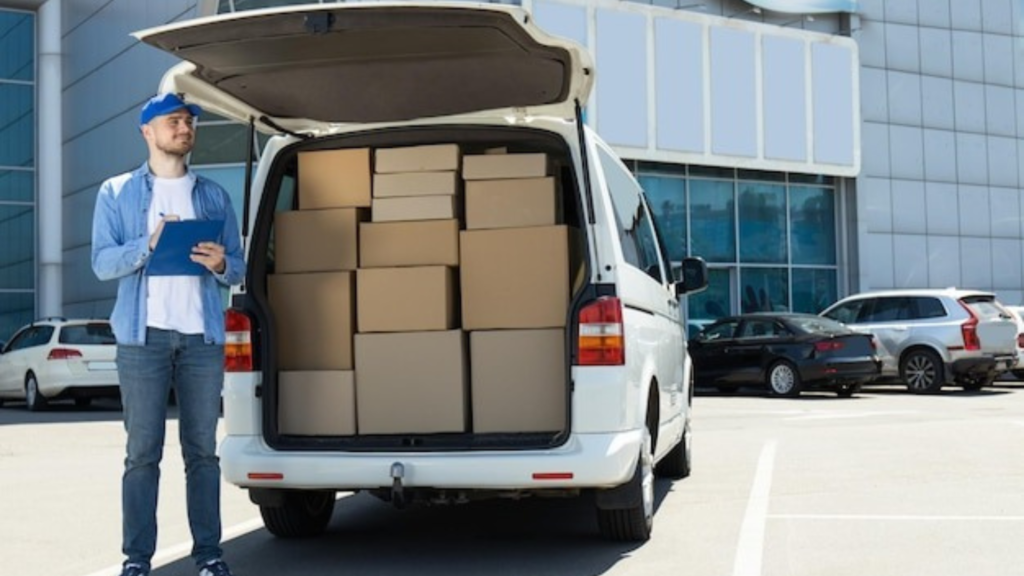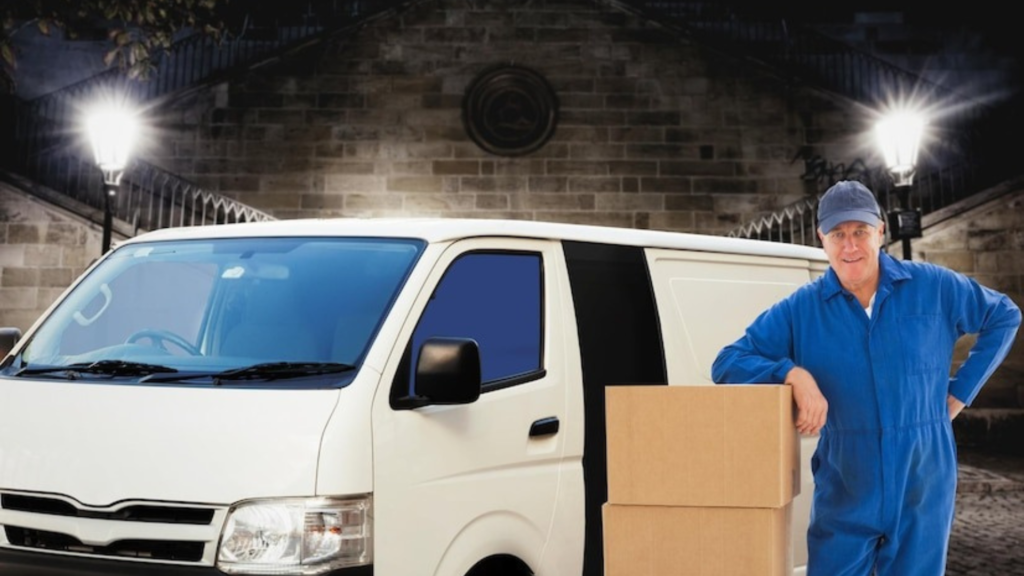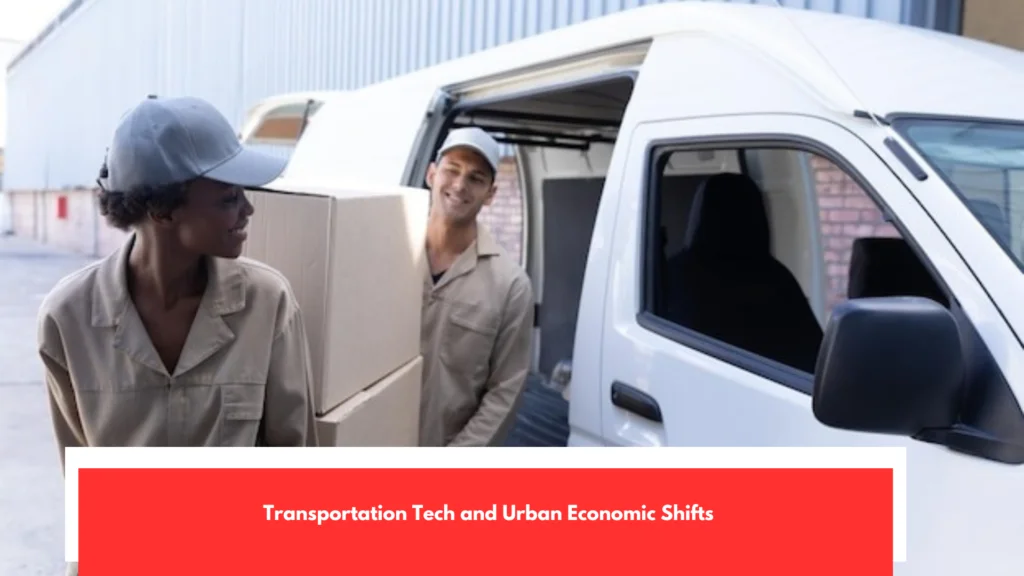The world of transportation has reached a thrilling new turning point, and with it the innovation of new technology in public transportation technology. The increasing popularity of smart and connected transportation can eventually transform the way individuals live, travel and their interaction with the mass transportation systems. Transportation Tech offers solutions to city and subway congestion, enhancing safety and user experience through technologies like 5G routers and AI.
The rising popularity of edge computing, are useful in ensuring that transportation agencies achieve several goals. Such developments already enable transit agencies to streamline their infrastructure, coordinate all their onboard and back-end systems in a cost-effective and convenient way, and provide them with intuitive intelligence based on system and safety data. An incredible change is on the horizon to effect the deployment of 5G, the Internet of Things (IoT), 5G cellular equipment, and edge computing to change radically the efficiency, flexibility, and affordability of public transportation.
Use AI to enhance public transit

IoT allows gathering and tracking the data of nearly any device and tracking it remotely and cheaply, whereas 5G networks ensure the fast delivery of the high-bandwidth streams of data. And edge computing delivers distributed processing capacity so that one can access, process and act on the information that the information in that data provides. The world is full of diversity in terms of different types of public transportation systems, their level of sophisticated technologies utilized, as well as their modernization strategy.
Will it take the level of innovation of a particular city into consideration or not as long as the public transportation system in the city is still running In other words, e.g., the relatively low score of Madrid in the category of innovation did not make it a worst city on the list, yet it was ranked by the survey among the top 10 cities.
Power sustainable mobility with green energy

In the system efficiency and 16 th in the overall mobility readiness among the 50 cities examined. But today, urban transport management teams are discovering that they may be a lack of investment on innovation which one day may make their cities lose the ability of introducing new technologies and provide a platform with greater opportunities of growth and sustainability. Amongst other things, some of the core aspects.
That most of the outdated systems are seeking to upgrade to in order to achieve a better and safer onboard experience are: As 5G Networks are becoming more common, public transportation can implement autonomous transportation and many other things, wisely. By integrating devices using IoT, transportation technology serves as a means through which smart cities can build advanced data accumulation and processing capacity to provide enhanced transportation experience to the citizens.
or Nicolas Manuelli, a BCG Associate Director, Benjamin Fassenot, BCG Partner, and Gilles Trantoul, the Marketing Director at Matawan, a web-based service helping people travel between modes.
Prepare for self-driving vehicles and air taxis

It is a chronicle Paris would have liked to leave unfulfilled. In April-May 2024 (27/27), the number of people in the capital of France was the busiest city on planet with over half a million residents in the world in the first position in line before the cities of London, New York, and Mexico. Admittedly, the closures linked with the preparations to the Olympic Games were a contribution to the never-ending jams. The city however consistently appears in the top five most congested cities of the world. It has little to learn of the other European capitals. Despite the fact that Berlin and Copenhagen.
The availability of solid and reliable systems of public transportation is still unequal in most of the major cities in Europe. Nonetheless, the use of greener means of transport has been encouraged in Europe since 2018 when a sustainable mobility project was launched. Thereupon: to cut so much crude gas by 35 percent on cars and 30 percent on commercial cars by 2030. To do so, the already introduced changes are likely to fall short.
Conclusion

The stick strategy applied by the French authorities (LEZ, restriction of parking spaces, number of lanes dedicated to cars disappoints residents and can only do its job in the most congested regions. But the budgetary consideration should not stand in the way of enhancing urban mobility. Not everything is large, expensive, and bulky project. The idea is not to build huge infrastructures, but on the contrary, it is based on a more subtle solution, which is the availability of new technologies, as well as operating in an ecosystem. It is favorable as the background.
To begin with, travelers are prepared to do it. European Investment Bank reported the fact that 64 percent of the European population states that they would prefer state transportation to the car, in case it is suitable. Second, since newer modes of transportation are getting closer. An electric bicycle is possessed by one out of every five households in Europe. 38 percent of the French find they are able to use these bikes much more and they also have 32 percent thinking about using the electric scooters. Last but not least, it is the technologies era, the AI, the data flow, cloud computing.
